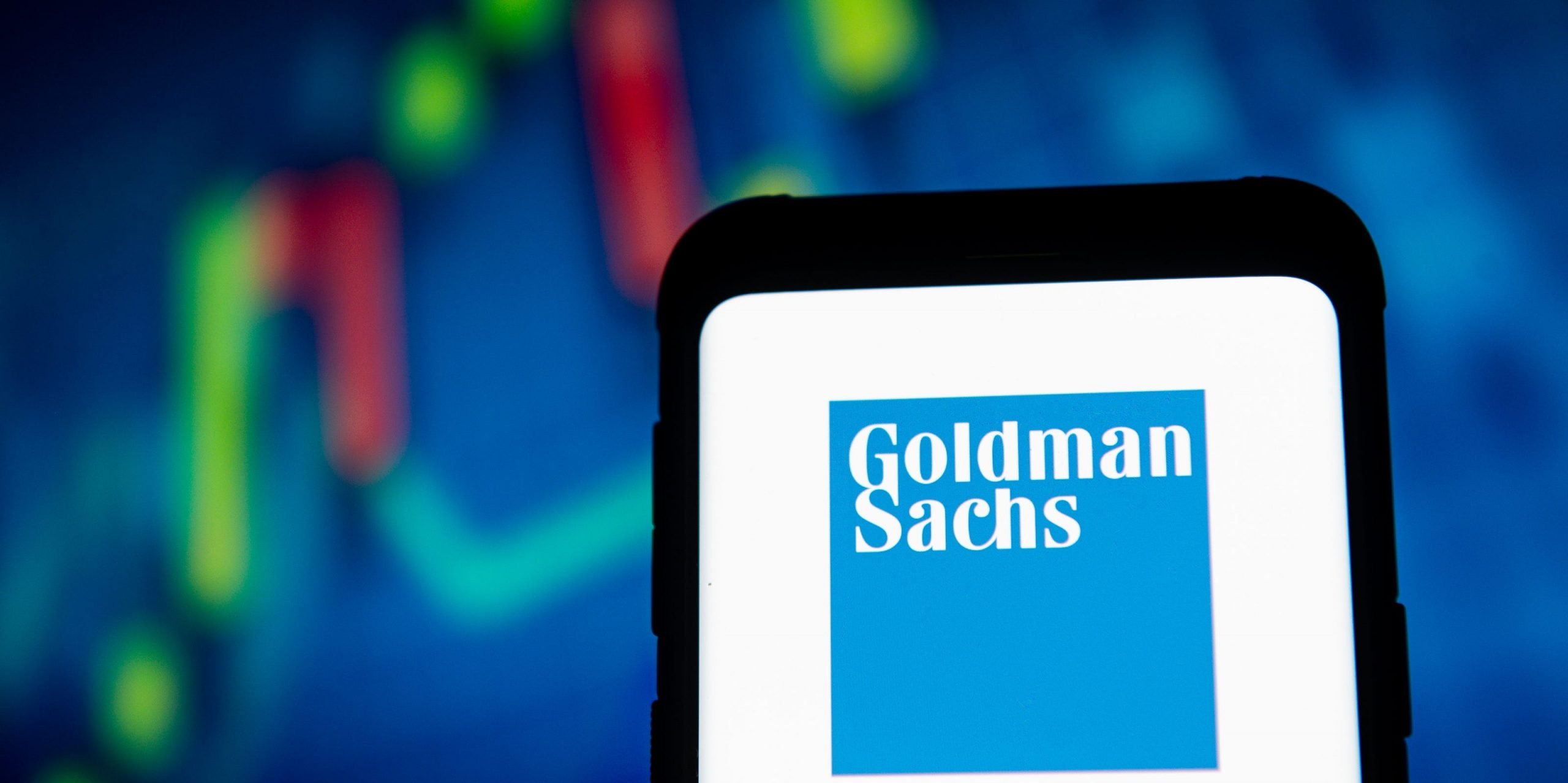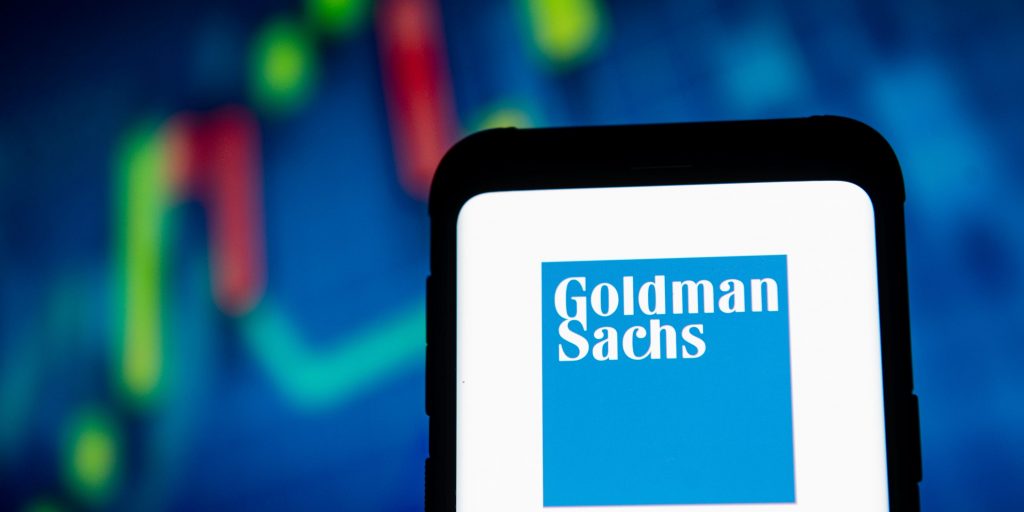
- The core PCE price index, the Federal Reserve's favorite measure of inflation, rose in May at its fastest since 1992.
- Goldman Sachs analysts said this "one-off inflationary boost" will over time become a "one-off disinflationary drag" over time.
- They predict that core PCE inflation will drop to 3% by the end of 2021, and slip further to 2% by December 2022.
- Sign up here for our daily newsletter, 10 Things Before the Opening Bell.
The Federal Reserve's favored measure of inflation rose at its fastest pace since 1992 last month, driven primarily by price rises in products like cars, chips and furniture, but Goldman Sachs said this rise in inflation is temporary and will reverse itself over time.
The core Personal Consumption Expenditures price index, which strips out volatile food and energy prices, showed on Friday that personal spending had stagnated and inflation had picked up in May by 3.4% year-over-year.
Hold-ups in the supply chain – for goods such as semiconductors – and in global shipping have helped drive prices for consumer goods above pre-pandemic levels, Goldman Sachs analysts said in a research note Sunday.
On the demand side, coronavirus stimulus checks have pushed up buying of more expensive purchases, they noted. As a result, consumers are paying higher prices for new and used cars, consumer electronics, computer chips, furniture, appliances, and sports equipment.
"Prices in supply-constrained categories are likely to remain firm for at least a couple more months, but should eventually partially revert to pre-pandemic trends," the analysts wrote. "This means that the current one-off inflationary boost will eventually become a one-off disinflationary drag."
Goldman Sachs predicts that core PCE inflation will drop to 3% by the end of 2021, and slip further to 2% by December 2022, pulled lower by the falls in those product categories and as the boost from the reopening of the travel sector fades.
The Fed uses core PCE as its primary gauge of inflation, and it has signaled it will let inflation run above 2% for a time to allow the labor market to recover from the impact of the pandemic. It expects any jump in inflation during the recovery will be transitory, and a high rate of year-on-year price growth is seen as stemming from a comparison with levels in the early phases of the pandemic.
The supply and demand pressures will ease at different rates in the affected categories, the Goldman Sachs analysts said. Semiconductors should shake off their recent big price rises by the end of this year as the shortage improves, though the market is likely to stay under pressure until 2023, they forecast. Auto production could start to return to normal as early as the third quarter this year, as plants work through the summer shutdown, the analysts believe.
This return to normal will be brought on by a range of factors, such as growth in production capacity, better usage of current production resources, and an end to the global supply-chain snags.
"In short, the global goods sector is best thought of as facing a number of serious disruptions and challenges as the world economy recovers from the pandemic, not as having been pushed to its productive limits by the current level of demand," the analysts said.


